Here are nine expert tips that will help you call deer during your next deer hunting trip.
Tip #1. Use every natural sound to call deer.
Many new deer hunters end up with nothing more than a deer bleat can the first time they enter the field. Sure they are inexpensive and simple to operate, but most deer hunters will have no idea how many times to flip the can per call or how often to bleat with it. And when you hunt on public land, so many other deer hunters are using one, it sounds like the woods around you are filled with doe ready to breed.
That’s not natural. In the natural environment (without deer hunters), bucks grunt and rattle, fawns bleat, and deer snort and blow all the time. The silence of the woods is punctuated with hoof stomps and breaking branches. Deer vocalizations have an emotional tone, not the trademarked and patented sameness of paper bellows and some rocks.
You certainly can and should use a manufactured deer call. Make sure you use various calls, practice before you hunt with them, and learn how to add emotions like urgency, desire, and anger to your sounds. And, where appropriate, be prepared to snap some twigs and make some noise with the brush around you.
Just don’t can that deer bleat can wet—it’s actually made of paper.
Related: Best time of day to call deer.
Related: The three best deer hunting rounds.
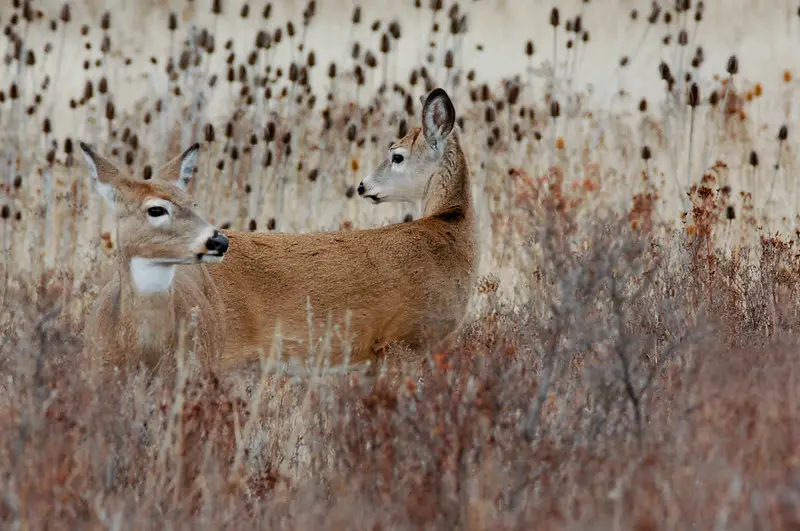
Tip # 2. Find the perfect spot to call deer.
Scouting in advance is the only way to know where the deer will be on opening day. If you don’t own land, have an established food plot, or are not allowed to use deer bait, you’ll need to invest some sweat equity in hiking and searching for deer tracks.
While finding an excellent supply of acorns is nice, locating other feeding areas and bedding areas will do the trick. These will be the primary spots you will want to call deer in between. Once you have found them, plan on arriving at a spot just between them, sometime before dusk or dawn and being quietly in place for at least 30 minutes before calling.
Remember, don’t hunt these areas, find the deer trails connecting them, and then hunt and call somewhere in the middle.
The last thing a good hunting spot will do is help you defeat the deer’s eyes, ears, and nose.
To avoid being heard for the wrong reason, scrape the ground at your feet down to bare soil, and then make sure you can silently move if you need to adjust your position. To avoid being seen, clear just enough brush and twigs to give you a clean shooting lane, and then depend more on slow movements and the natural cover of the vegetation around you than your camouflage to avoid being busted.
Since most deer responding to your call will approach from downwind, the best type of deer scent you can use is a cover scent. An excellent food-based cover scent may flood the deer’s nose and bring it close enough for a shot before your human smell sends it fleeing.
Related: The best place to shoot a deer.
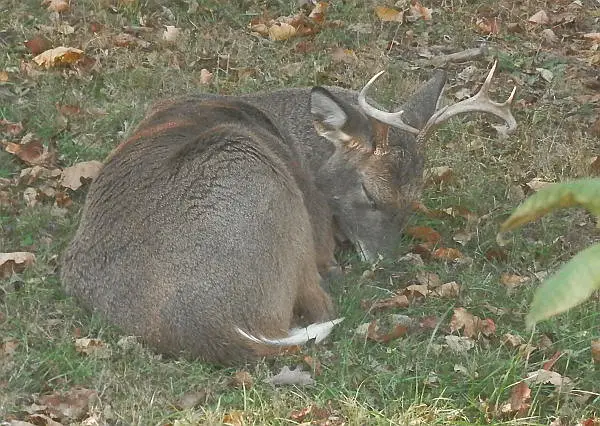
Tip#3. Don’t use a snort wheeze deer call often—if at all.
The snort wheeze deer call is an easy tool to use, but it has one major drawback—it can easily scare off a buck.
Even a large buck may mistake your snort wheeze deer call for the sound made by a much larger, angrier buck that will most certainly defend his territory. If the buck that hears you make such a sound is on his own land, he will come charging in. If he’s a traveling buck that’s stepped into someone else’s lane during the rut, he’s gone.
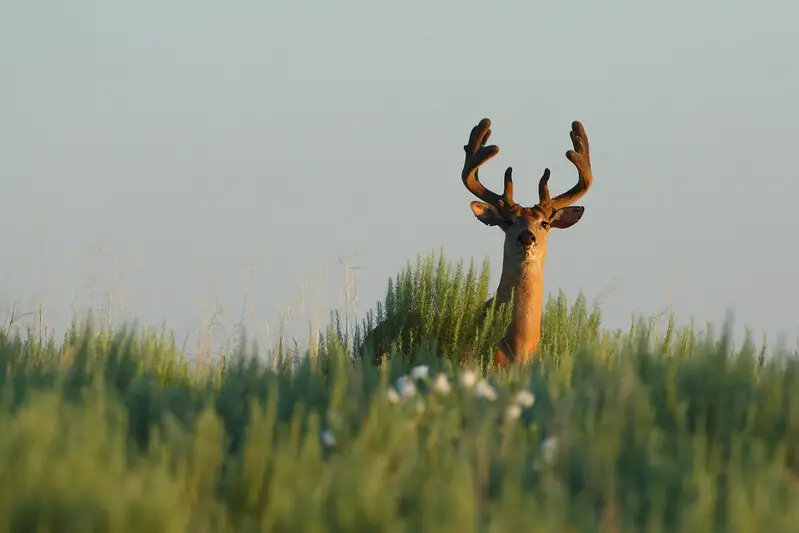
Tip #4. Blind versus targeted deer calling.
Calling blind means calling when no deer are visible. Targeted deer calling involves:
- Spotting a specific deer.
- Watching its reactions to your calls.
- Adapting your technique in response to the deer’s movements.
Calling blind has a different purpose depending on if it is done before or during the rut. Before the rut, you appeal to the deer’s sense of territoriality. Your calls will make the deer want to investigate the sound or defend its territory. Blind calling during the rut is about mimicking a potential mate’s sound or driving off a rival.
Targeted calling is one of the most exciting and challenging tasks a deer hunter can undertake. You’ll need to be able to recognize and interpret a buck’s body language. After you assess the buck’s mental state, you’ll have to be able to determine whether or not to continue calling and, if so, what specific call will bring him closer to you.
There are three situations where you should stop calling a targeted buck. The first is when the buck is looking in your direction. Calling when under observation will tell that deer where you are and stop its approach. The second situation is when you determine the buck’s body language indicates the buck is on alert. Calling an alert buck has the same effect as calling on that is looking your way.
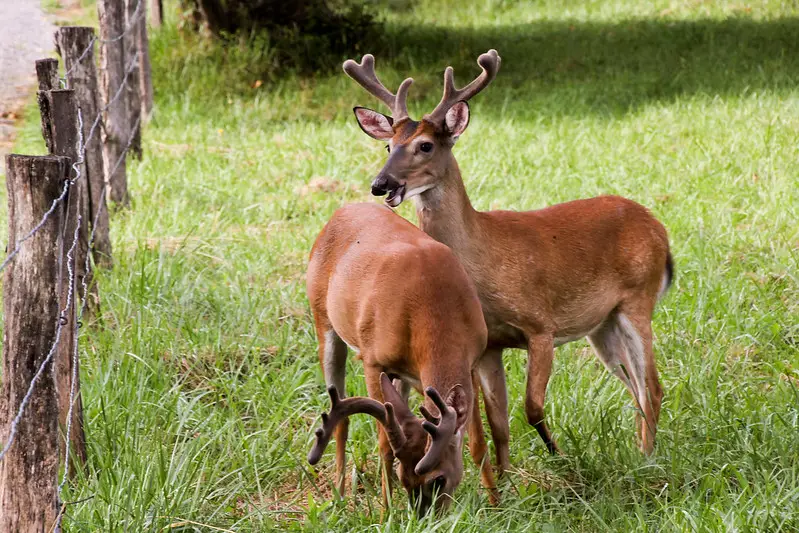
Tip #5. Use deer calls in the early season.
Early in the season, even a weaned fawn can get hungry enough to beg its mother for food or cry out for her if it becomes lost. For a doe, there is an irresistible urge to answer these bleats. This makes it a good time for an archer to use a fawn bleat to bring even a fawn-less doe into range.
With bucks, you can use an old trick I learned to get deer to finally notice an overlooked food plot. A few years back we watched deer come within yards of a food plot bordering a wood line and logging road. After mentioning it to several people, I was told to try a using a single short grunt on a grunt tube.
The idea was that bucks tend to food sources just like they tend to does. When a larger buck wants an inferior to vacate a food source, he’ll give him a short ’bump” with a quick grunt or two. It took a few times, but this worked, and it has also worked in the early season to bring an unseen buck into range that was looking for the disputed food.
Tip #6. Use deer call grunts a lot, sometimes.
There are a few times when grunting more is, well, more. Early in the season, it is okay to throw out some louder grunts. Try five or six grunts, three or four times an hour, especially just after sunrise or before sunset. You might get lucky, catch a deer between its sleeping and grazing areas, and generate a curiosity visit.
Another excellent time to get loud and aggressive is when you see a buck suddenly move off after watching and listening to your calls. Unless you try something, that buck is long gone. Hammer away, study his reaction, and maybe, just maybe, you’ll get him to change course.
While it is a great idea to grunt at every buck you spot during the rut; you’ll get much better results by increasing the volume and length of each grunt. Get loud and go long. Aim for a sound that lasts 10-15 seconds—but don’t overexert yourself and mangle the end of the call. Done correctly, you should sound just like a trespassing buck chasing an available doe.
Tip # 7. Maybe now is a good time to snort wheeze.
As the rut reaches its peak activity, the bucks quickly move between does foraging and sleeping areas. The mature bucks are after the first available, willing doe they can find. The younger ones are after any doe, willing or not, they can find. The one thing they have in common? Irrepressible urges drive every buck.
The only other real difference between mature and young bucks is the mature ones are easier to lure to their deaths. Mature bucks in their territory during peak rut are totally unwilling to let a rival of any size invade their space. If you can find a spot where the buck expects to encounter estrous does, it’s here the snort wheeze deer call will bring in only the area’s dominant buck.
Tip #8. When not to deer call, and when you must.
There is a never a need to deer call at bedding or feeding areas. The deer will eventually show up at these locations. A call here could spook an already inbound deer and serves no purpose.
The last thing a buck hears when being called by a skillful deer hunter is any damn call the hunter has at hand. This final call has only one purpose, to stop the buck right smack dead in the hunter’s reticle. If you have to bark, whistle, or whisper—but don’t forget to ask that deer to stop. It’s for his own good, anyhow.
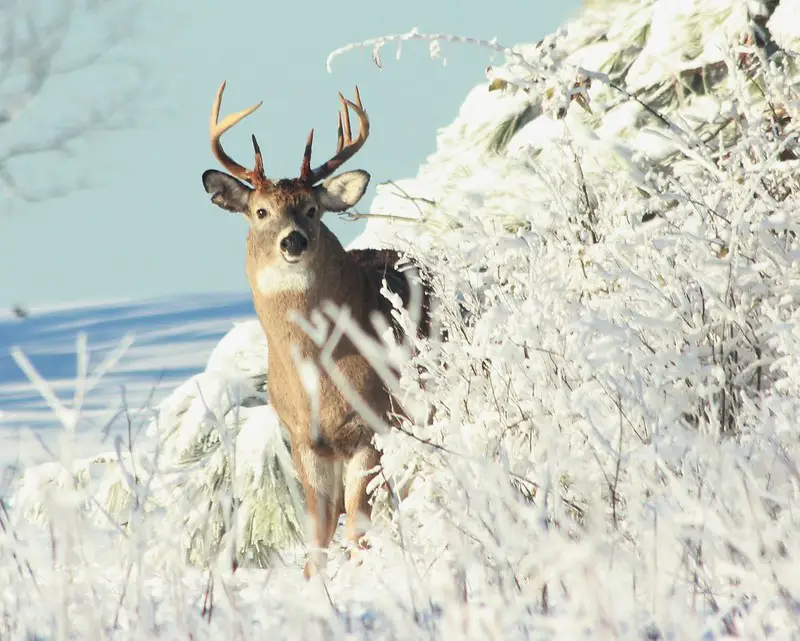
Tip #9. Late in the season, call deer gently.
Near the end of the rut, buck’s attitudes change. The hunting pressure and testosterone surge and drop have left them quieter and milder of temper. The aggression is gone, and the chase is over.
Like it or not, you are hunting a different animal. And you have to change tactics and calls to connect with any late-season bucks.
Begin by turning down the volume, intensity, and frequency of your calls. Trade the snort wheeze for a gentle fawn bleat. Be prepared to move around a lot more, and expect almost no reaction to your calls. This late in the season, you’ll need to think more about patterning and ambushing than calling.
Conclusions on using a deer call.
Nothing rivals the sense of victory that comes from using a deer call to lure a buck into your sights. With a bit of scouting, some planning, and practice with your deer call, you might just get a chance to feel that incredible emotion this season. Good luck!

